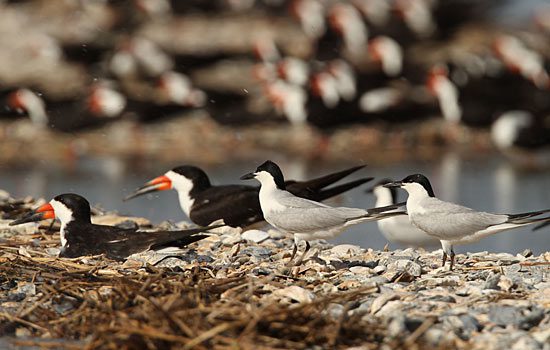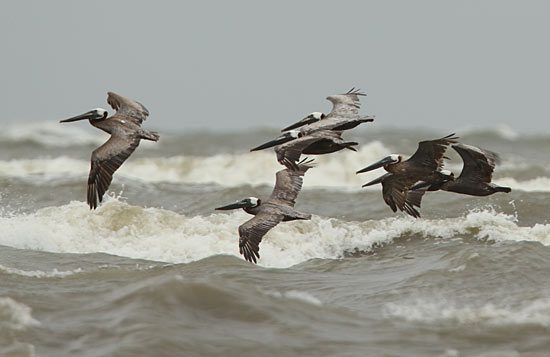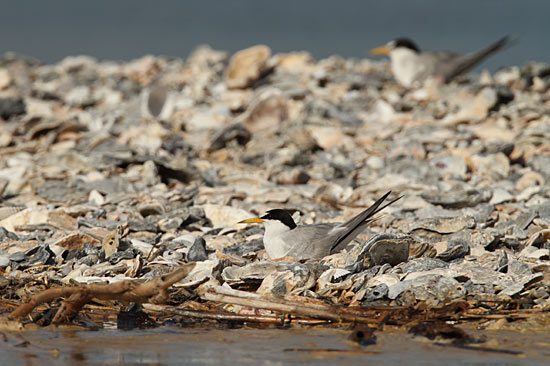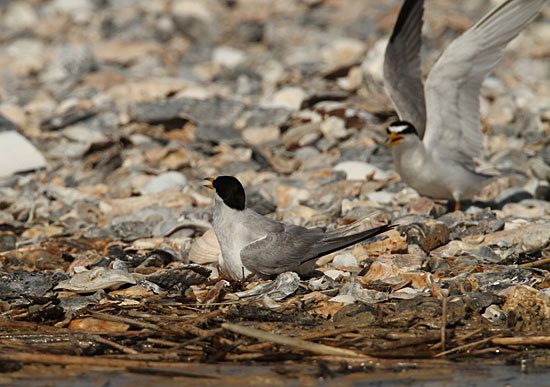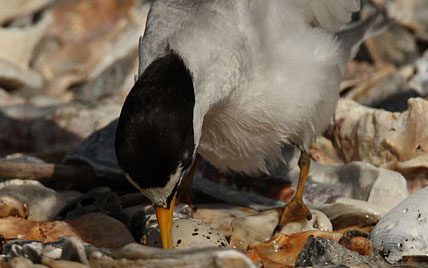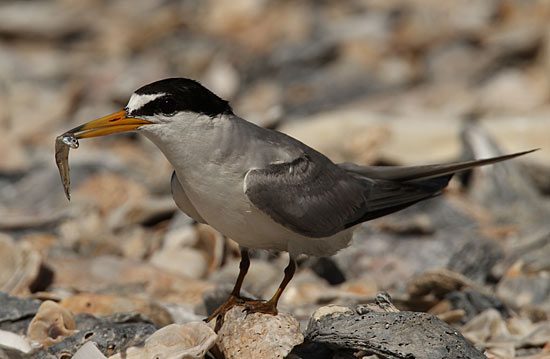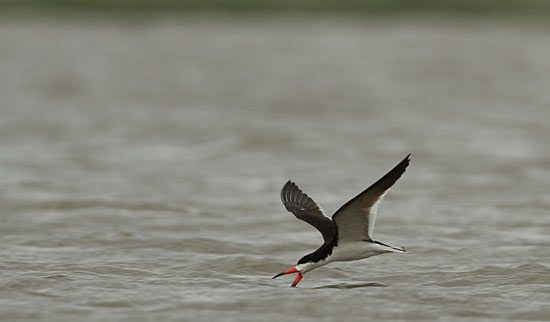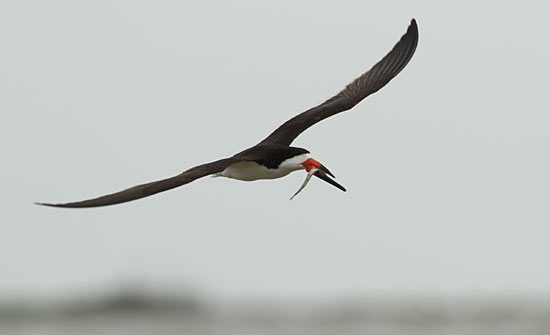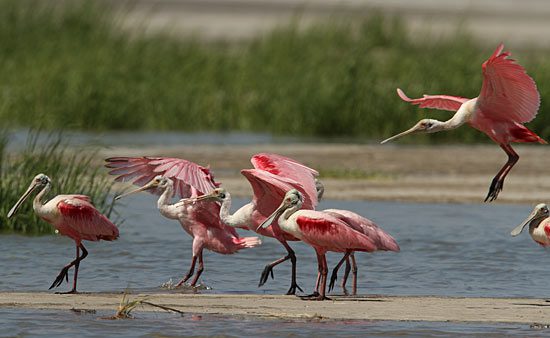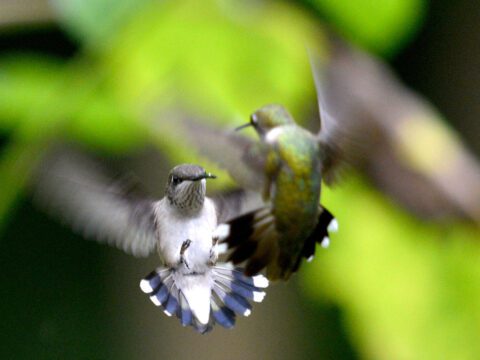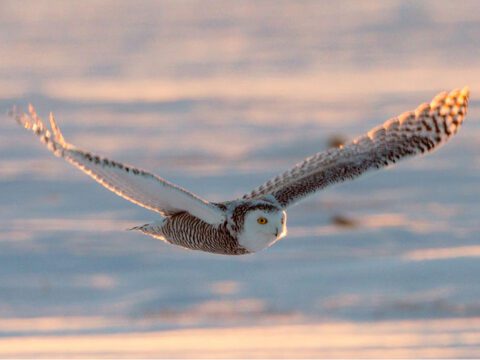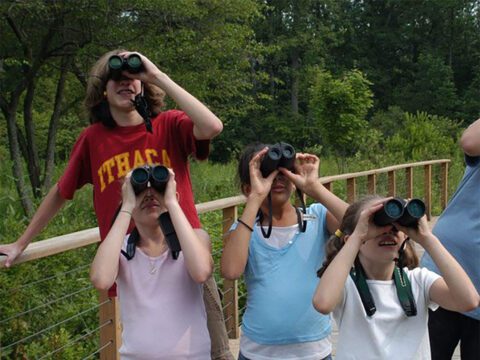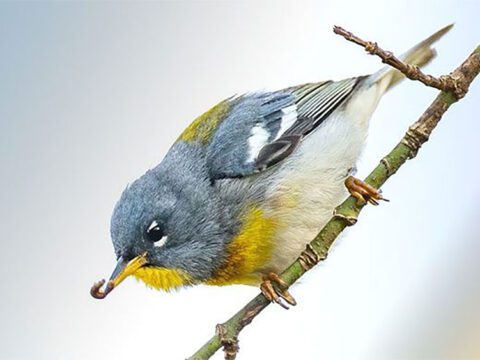Louisiana report: Hurricane weather (slideshow)
Text by Hugh Powell, images by Benjamin Clock July 1, 2010
Bastian Island held about 400 Black Skimmer and a dozen Gull-billed Tern nests 
The placid blue Gulf has turned stormy and gray from Hurricane Alex 
About 100 Least Terns nested on a shell bed, some mere inches from water 
The high tide was putting some nests in danger 
An adult Least Tern tries to move its eggs away from the encroaching water 
Least Terns were bringing tiny fish to feed their mates 
Black Skimmers use their long lower mandibles to skim for surface-feeding fish 
Though it's kind of a "blind luck" strategy, it's clearly effective 
Roseate Spoonbills brighten up the beach west of the skimmer colony
For the last three days a weird, underwatery gray light has bathed the Delta. Tides high from the full moon have pushed past marina docks and pooled under boat trailers in the parking lots. Cattails and palm trees bend in the same direction all day long, under steady east-southeast breezes.
Old-timers call this hurricane weather. Before radar, the best hint that a hurricane lay somewhere out in the Gulf came when the typical thunderheads of summer gave way to steady winds and drizzle. People tracked shifts in the wind to guess at where, and how far away, a storm was. Today we know where hurricanes are, but there’s a new danger: where and how far the storms will push the Deepwater Horizon’s leaked oil. (NOAA’s latest estimates are available here and here.)
High water’s danger to birds was palpable on a visit to Bastian Island and its colony of Least Terns, Black Skimmers, and Gull-billed Terns (map). Many of the birds were nesting along small tide-filled pools, just inches above the line of driftwood, plastic bottles, and trash that marked high water.
We were there for the highest tide of the month (amplified by the first push of water from Alex), and we watched Least Terns trying to roll their eggs up the oyster-shell bank as the waves rolled in. One bird in particular spent several minutes wandering away from its nest, taking short, uncertain steps with its yellow feet. It seemed to be looking for the flattest route uphill over the jumbled shells. Then it returned and settled carefully over the two eggs. The bird reached past the eggs with its long yellow bill and began raking them toward its breast, using its wings to guide the eggs uphill.
Flooding is a natural problem for seabirds, and one they have evolved to cope with. Early-season storms that drown nests can be offset if the birds renest and fledge young later in the season. Even if a summer ends in nest failure, seabirds live long lives (15 to 40 years for many gulls and terns). They have many years to get in a handful of successful breeding seasons.
So the really worrying part about Alex, and whatever hurricanes follow Alex into the Gulf, is the oil that is likely to be carried onto shore along with a storm surge. A small storm that hit Breton National Wildlife Refuge in 2005, two months before Katrina, coincided with a spill of about 15 barrels of oil, refuge manager Jack Bohannon told me. At the time, 12,000 pairs of Brown Pelicans nested on the refuge. When the modest storm surge brought that small spill ashore, Bohannon said, it affected more than 1,000 pelicans.
“As far as the oil goes, we’re about as prepared as we can be,” Bohannon said, referring to the several layers of boom we had seen on our visit last Friday. “But the problem is this year we’re expecting a higher number of storms, and there’s not much you can do to prepare for Mother Nature.”
Until now, relatively calm weather combined with the steady seaward push of the Mississippi River has kept the bulk of the slick at sea. But as hurricane season progresses, the Gulf is showing its muscle. The warm water pumped an extra 50 mph of wind into Alex in just the three days between when it crossed the Yucatan Peninsula and struck mainland Mexico. Over the next couple of months, storms will be feeding off even warmer water.
I’m afraid that the oil spill so far has been as deceptive as a hurricane season. When I was a kid in north Florida, we’d spend all summer on the water, trying to stay out of the path of black thunderheads. But it wasn’t until those storms melted away into the gray monochrome of hurricane weather that the adults started to worry.
So far, most of our attention has focused on pulses of oil that blacken isolated parts of beach and marsh. Viewed through a camera lens or on TV, these slicks fill up the whole horizon. But on boat surveys, we’ve run through miles of clean saltmarsh before reaching a cleanup site. We’ve seen far more brilliantly white terns than hopelessly oiled spoonbills.
If tropical storms continue to track into the steam engine of the Gulf, I’m worried that an oily monotone will replace this slick-by-slick focus. As much oil as has arrived so far, there are millions upon millions of gallons more tossing in the storm waves just over the horizon. As Bohannon told me three days ago, while Alex was still a tropical storm, “I’m happy to say we’re still in the range of being minimally affected by oil. We’ve got to hope for the best and hope for the least.”
Cornell Lab photographer Gerrit Vyn is also posting observations from the Gulf on his blog.

All About Birds
is a free resource
Available for everyone,
funded by donors like you
American Kestrel by Blair Dudeck / Macaulay Library
